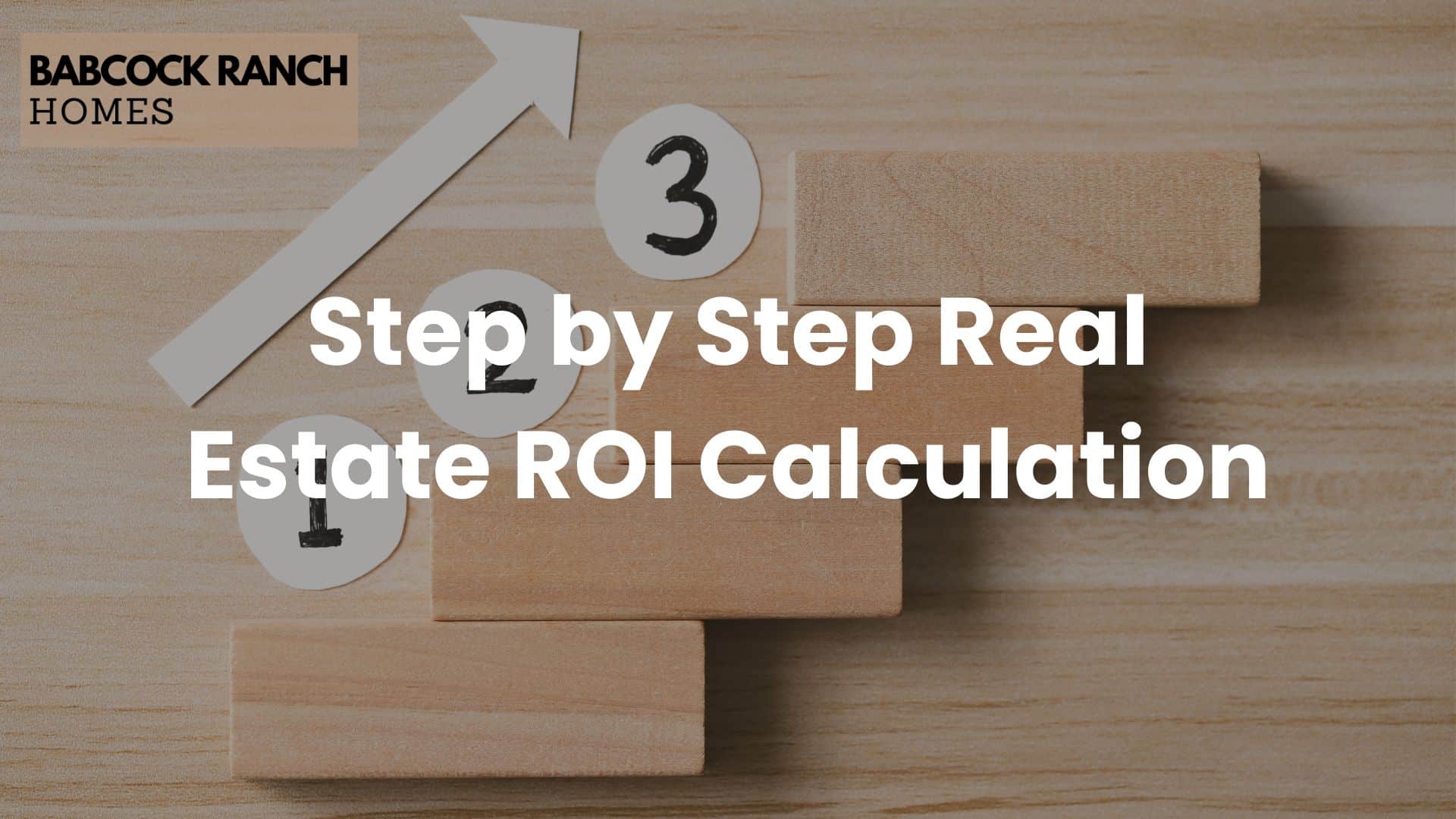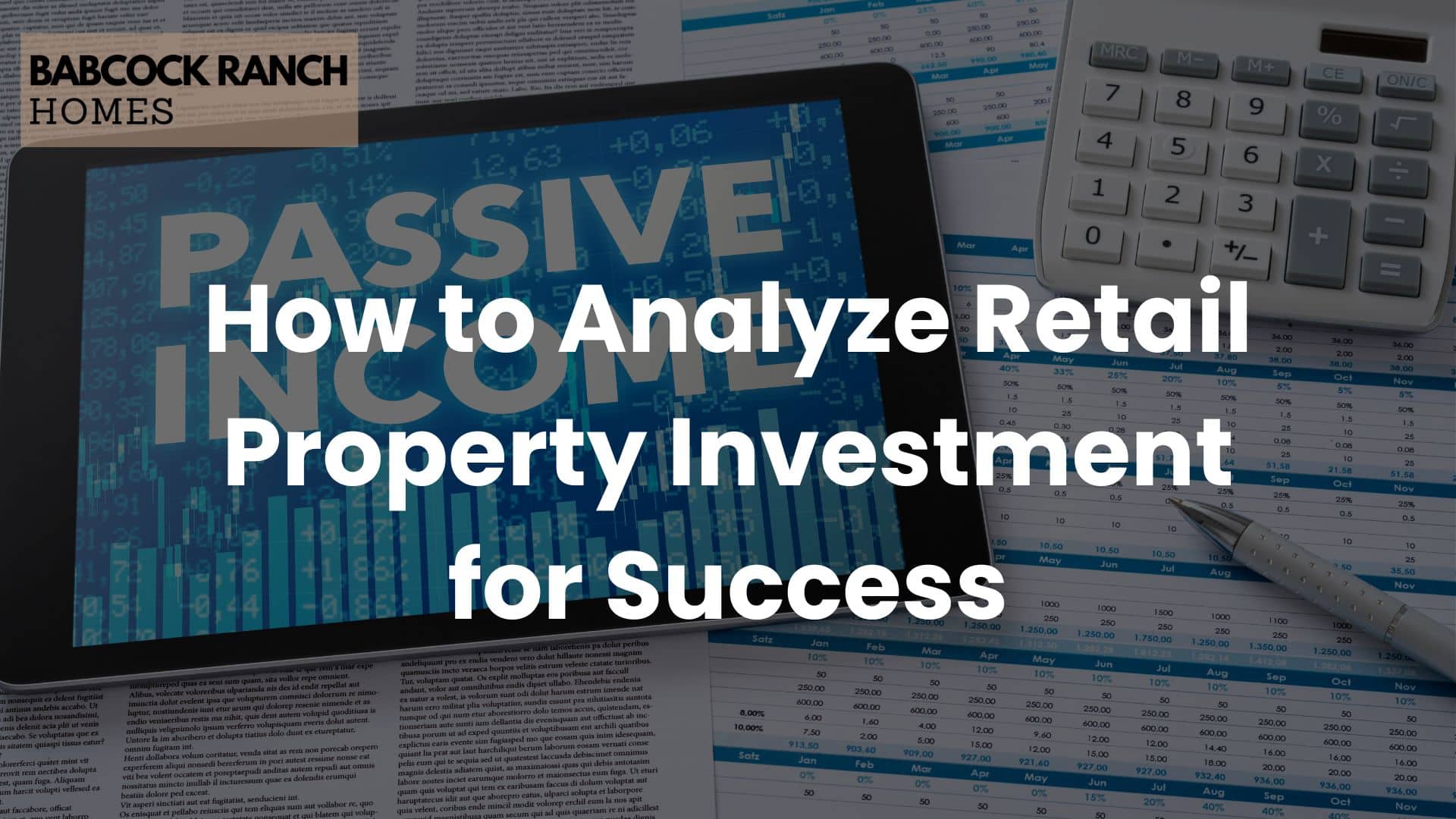
Did you know over 87 million Americans own shares tied to income-generating properties without ever buying a building? This fact comes from Nareit. It shows how REITs have made commercial real estate more accessible. This change happened when Congress created their framework in 1960.
REITs let people pool their money to own big properties like skyscrapers or shopping centers. They trade like stocks and must give out 90% of their income as dividends. We’ll look at how this setup balances growth with steady income.
The SEC-regulated model has led to huge growth: U.S. REITs now hold $4 trillion in assets. They are liquid and easy to get into, making them a key part of many portfolios. But, many investors get them mixed up with direct property buying or miss their special tax benefits.
Key Takeaways
- REITs enable fractional ownership of commercial properties through stock-like investments
- Mandatory dividend payouts create consistent income streams
- Portfolio diversification benefits come without property management hassles
- SEC oversight ensures transparency in operations and financial reporting
- Market liquidity allows easier entry/exit compared to physical real estate
From healthcare facilities to cell towers, REITs shape our daily interactions with spaces. Let’s see why financial advisors often suggest them alongside stocks and bonds.
What Is a Real Estate Investment Trust (REIT)
Real estate investing has changed a lot. Now, you can invest in things like malls and apartments without owning them. REITs make it easy to get into real estate with the flexibility of stocks.

Core Definition and Purpose
Congress created REITs in 1960 to make real estate investing easier. These trusts must give 90% of their income to shareholders. This way, you can invest in real estate through stocks, not just by owning property.
REITs have three main features:
- Mandatory income distribution (SEC Rule 90%)
- At least 75% assets in real estate or cash
- Minimum 100 shareholders with diversified ownership
Historical Context and Growth
The first REIT started in 1965 with $100 million. Today, the market is worth $3.5 trillion and has 225 REITs. The growth was fast after 1999, when rules changed to allow independent management.
Important moments:
- 1960: REIT Act signed by President Eisenhower
- 1986: Tax Reform Act enables mortgage REIT expansion
- 2017: REITs added to Global Industry Classification Standard
Why REITs Matter in Modern Portfolios
Now, 87% of target date funds include REITs. This is because REITs offer three big benefits:
- Daily liquidity through stock exchanges
- Lower capital requirements ($50+ initial investments)
- Automatic diversification across property types
REITs have given 9-12% annual returns, beating many bonds. They offer a mix of inflation protection and growth through property value and rent.
REIT Structure and Legal Requirements
REIT operations are guided by a strict regulatory framework. This system balances investor protection with real estate market access. It ensures transparency and keeps REITs attractive for investors.

Mandatory Distribution Rules
REITs must give out at least 90% of their taxable income to shareholders each year. This rule helps create steady cash flows but requires careful financial planning. NMG Consulting’s models show how top REITs manage to keep their dividend payouts between 95-105%.
The IRS strictly enforces these rules through Section 856 qualifications. If a REIT fails to meet distribution targets for two years, it loses its REIT status. This rule has influenced corporate strategies, like when retail REITs renegotiated leases during the pandemic to protect their dividends.
Asset and Income Composition
To qualify as REITs, companies must get 75% of their income from real estate. Common income sources include:
- Commercial property rents
- Mortgage interest payments
- Profits from property sales
Asset allocation rules require at least 75% of holdings in real property or cash. This is why REITs like Boston Properties have diverse portfolios in office spaces, hotels, and industrial parks, while keeping some cash on hand.
Shareholder Ownership Models
REITs use different ownership structures to meet investor needs and maintain flexibility:
- UPREITs: Allow property owners to exchange assets for partnership units, deferring capital gains taxes
- DOWNREITs: Enable existing REITs to acquire properties through similar tax-deferred exchanges
These models offer unique benefits. For example, Digital Realty Trust used UPREIT structures to buy data centers, helping sellers delay tax payments. Shareholder voting rights also vary, with publicly traded REITs often more liquid than private ones.
Types of REITs Available to Investors
Investors can choose from many REITs to enter the real estate market. Each type has its own way of working and risk level. Knowing these categories helps investors plan their financial goals better. Here, we explore the main types that shape today’s investment world.

Equity REITs vs Mortgage REITs
Equity REITs and mortgage REITs are two main ways to invest in real estate. Equity REITs own and manage properties, earning money from rents and property value increases. Mortgage REITs (mREITs) buy mortgages or mortgage-backed securities, making money from interest rate differences.
Property Ownership vs Debt Financing
When interest rates go up, equity REITs usually do better than mREITs. This is because they can get more rent. For example, FTSE Nareit data shows industrial equity REITs grew 14% annually from 2020. mREITs, on the other hand, face ups and downs from changing borrowing costs. This shows how different market conditions affect each type.
Publicly Traded vs Private REITs
Publicly traded REITs are easy to buy and sell on stock exchanges. They are open to all investors. Private REITs, though less liquid, often have higher values because they focus on top-quality properties. But, their value is not as clear as market prices.
Liquidity and Accessibility Differences
Here’s a quick comparison:
- Public REITs: Traded daily on exchanges; minimum investments as low as one share
- Private REITs: Typically require $25k+ initial investments; quarterly redemption windows
Specialized REIT Categories
Niche REITs focus on specific property types, letting investors tap into new trends. EPRA reports show industrial REITs grew 22% in 2023, thanks to online shopping needs. Other special areas include:
Healthcare, Retail, and Industrial Focus
- Healthcare REITs: Own medical offices and senior housing – stable due to aging populations
- Retail REITs: Include malls and outlet centers; recovering post-pandemic
- Industrial REITs: Benefit from supply chain modernization needs
Benefits of Investing in REITs
Over 170 million Americans own REIT shares, making them key for wealth building. REITs offer special benefits like reducing risk, providing steady income, and making real estate accessible. These reasons make REITs a great choice for today’s investors.
Diversification Advantages
REITs have a low 0.38 correlation to the S&P 500 over 25 years, according to Nareit. This means they move differently than stocks. By investing in various properties, like apartments and data centers, investors can protect their portfolios from market ups and downs.
Consistent Dividend Payments
REITs must pay out 90% of taxable income as dividends, ensuring steady cash flow. These dividends often beat traditional stock returns, with yields of 3-5%. Investors get regular payments from different sources, such as retail rents and healthcare contracts.
Accessibility for Small Investors
Platforms like RealtyMogul allow investors to start with just $500. This is much less than what’s needed for physical property. REITs handle all the work, from maintenance to taxes, so investors don’t have to.
Risks and Considerations
REITs offer unique benefits but also come with specific risks. It’s important to understand these challenges to make informed decisions. Here are three key factors to consider before investing.
Market Volatility Exposure
REITs can be different from traditional stocks but are not immune to market swings. In 2022, equity REITs fell by 25% on average. This is more than investment-grade bonds.
Chatham Partners suggests keeping REITs to 4-13% of your portfolio to reduce risk. Events like retail bankruptcies or office vacancies can cause sudden price drops, even in stable markets.
Interest Rate Sensitivity
Mortgage REITs (mREITs) face big challenges when interest rates rise. The Federal Reserve’s 2022-2023 rate hikes made borrowing more expensive for property owners. This affects REITs with variable-rate debt.
Duration risk is a big concern here. mREITs with longer-term mortgages see bigger NAV declines when rates spike. We’ve seen 15-20% valuation drops in some mREIT portfolios during tightening cycles.
Management Quality Concerns
Not all REIT operators are created equal. FINRA guidelines point out red flags for poor management:
- Excessive fee structures exceeding industry averages
- Frequent strategy shifts without clear rationale
- Consistent underperformance vs. relevant benchmarks
Transparent communication and proven track records are key. Always check quarterly reports and leadership commentary before investing.
Analyzing REIT Performance Metrics
To understand REITs, investors need special tools. These tools show how much money REITs make from real estate and their asset values. Unlike regular stocks, REITs are judged by how well they manage property cash flows, value, and dividends. Let’s look at three key metrics every investor should know.
Funds From Operations (FFO)
FFO shows a REIT’s ability to make money by adjusting net income for specific property factors. The National Association of Real Estate Investment Trusts (Nareit) formula includes:
- Depreciation/amortization expenses
- Losses from property sales
- Subtracts gains from property sales
Take ABC Equity REIT as an example. Its $50M net income turns into $72M FFO after adding $25M depreciation and subtracting $3M from sale gains. This metric helps compare REITs fairly across different property types.
Net Asset Value (NAV) Calculations
NAV estimates a REIT’s per-share property value minus debts. Different REITs use different methods:
- Timberland REITs consider harvest cycles and land appreciation
- Data center REITs look at tech obsolescence risks
- Retail REITs analyze tenant creditworthiness
XYZ Data Center REIT’s NAV increased 15% after reappraising its fiber-optic infrastructure. GreenTimber REIT’s NAV grew steadily due to lumber price increases.
Dividend Yield Comparisons
High yields attract investors, but sustainability is more important. We check payout ratios against:
- FFO coverage (ideal: 70-90% range)
- Debt maturity schedules
- Industry benchmarks
UrbanOffice REIT has a 4.5% yield with 85% FFO coverage. HighYield Storage REIT’s 8% yield has 120% FFO payouts. Finding the right balance is essential for long-term success.
REIT Taxation Essentials
Knowing about taxes is key for REIT investors. These trusts follow special IRS rules that affect their money. Here are three main areas to watch.
Pass-Through Taxation Benefits
REITs don’t face double taxation. They pay corporate income taxes and then share most of their income with shareholders. This way, investors report what they get as income on their tax forms.
One big plus is that profits aren’t taxed twice. But, there’s a catch with depreciation in UPREITs. When selling properties, investors might have to pay taxes on depreciation they claimed before.
Dividend Classification Rules
Not all REIT dividends are taxed the same. The IRS splits them into three types:
- Ordinary dividends (taxed at standard income rates)
- Qualified dividends (lower 15-20% rates for eligible investors)
- Return of capital (tax-deferred until share sale)
Most REIT dividends are ordinary income. This is important when comparing REITs to other dividend stocks. Always check your 1099-DIV forms for accurate taxes.
State-Specific Considerations
Federal rules are important, but states have their own tax rules. Texas has no state income tax on REIT distributions, but California’s can be up to 13.3%. Some states offer tax breaks for REIT dividends if you meet certain ownership levels.
Spreading your investments across states needs careful planning. Always talk to a tax expert who knows your state’s REIT tax rules.
How to Invest in REITs
Investing in REITs is a key strategy for today’s investors. By 2024, 78% of financial advisors will recommend them. We’ll explore three ways to add these assets to your portfolio. Each method suits different investors.
Brokerage Account Purchases
Publicly traded REITs are easy to start with. You can buy shares quickly on platforms like Charles Schwab and Fidelity:
- Research REITs using SEC filings (look for consistent FFO growth)
- Compare dividend yields across sectors
- Execute trades through your brokerage dashboard
The Vanguard Real Estate ETF (VNQ) is a favorite with a 0.12% expense ratio. Active funds charge 0.50-1.00%. Always check liquidity and management history before investing.
REIT-Focused Mutual Funds
REIT mutual funds are great for those who want to invest without much effort. Key things to consider include:
- Passive vs active management costs
- Sector concentration risks
- Minimum investment requirements
Index funds track benchmarks like the MSCI US REIT Index. Active managers focus on specific markets. Always read the prospectus – some funds invest in both REITs and direct property.
Direct Property Investment Options
Some REITs let accredited investors invest in specific projects. This option requires:
- $25k-$100k minimum investments
- Thorough analysis of property locations
- Understanding of tax implications
Follow this checklist for direct deals: tenant lease durations, local market trends, and environmental assessments. This method allows you to focus on specific areas like medical offices or data centers.
REITs in Action: Babcock Ranch Case Study
Real estate investment trusts (REITs) really show their worth when they turn plans into real results. Babcock Ranch in Florida is a prime example. It’s a solar-powered community that shows how REITs can lead in innovation and value for investors. Let’s dive into how this project combines green living with smart money moves.
Sustainable Community Development Focus
Location: Babcock Ranch, Florida
Babcock Ranch covers 17,000 acres between Fort Myers and Sarasota. It’s the first town in America to run fully on solar power. The spot was picked for its lots of sunshine and demand for green homes. The town boasts:
- 300+ sunny days a year powering 700,000 solar panels
- 11,000 energy-saving homes with smart grid tech
- 50 miles of nature trails and wetlands
Investment Strategy and Portfolio Mix
Contact: 518-569-7173
Babcock Ranch’s REIT plan splits its assets 60/40 between commercial and residential. This mix helps balance income. Their strategy includes:
- Buying land for renewable energy
- Building mixed-use properties with long-term leases
- Putting profits back into the community
For more on the portfolio, call the investor relations team at 518-569-7173. This approach keeps 94% of homes occupied and attracts businesses like Florida Power & Light and Babcock Ranch School.
Getting Started with REIT Investments
Starting with REIT investments needs a mix of research and action. We’ve created a 5-step plan based on Morningstar’s glide path. It helps investors feel confident and avoid common mistakes. Let’s explore how to make real estate a strong part of your portfolio.
Step 1: Align Investments With Risk Tolerance
First, think about your financial goals and how much risk you can handle. Use Vanguard’s risk tool to see if equity REITs or mortgage REITs fit you. Fidelity’s study shows many new investors think they can handle more risk than they can during market lows.
Step 2: Optimize Account Selection
- Tax-deferred accounts (IRAs/401(k)s) for high-dividend REITs
- Taxable brokerage accounts for REITs with capital growth focus
- Health Savings Accounts (HSAs) for long-term holdings
Step 3: Deploy Smart Monitoring Tactics
Use Morningstar Direct to track three things weekly:
- Funds From Operations (FFO) growth rates
- Dividend coverage ratios
- Sector-specific occupancy trends
Step 4: Leverage Institutional Resources
Use Fidelity’s REIT comparison dashboard and Vanguard’s NAV calculator. These tools give you real-time data on 85% of REITs. They help you find good deals quickly.
Step 5: Sidestep Common Traps
Avoid these mistakes new investors often make:
- Chasing double-digit yields without checking debt ratios
- Overallocating to niche sectors like healthcare REITs
- Ignoring expense ratios above 1.25%
Using these strategies can help your investments grow over time. Remember, real estate investing through REITs takes patience and regular checks on your portfolio. Start small, spread your investments across different types of properties, and let time work for you.
Conclusion
Real estate investment trusts (REITs) are great for investors looking to diversify their portfolios and earn income. They offer a mix of income and growth, making them appealing. REITs combine the stability of real estate with the ease of trading stocks, blending old and new investment styles.
Choosing the right REITs is key to a successful investment. By using strategies like Chatham’s, investors can match their risk level and goals. This way, they can invest in various properties, from offices to healthcare facilities, while following important rules.
REITs focused on environmental, social, and governance (ESG) issues are becoming more popular. Places like Babcock Ranch show how green living is changing real estate. These trends could lead to more sustainable investments as the world focuses on climate change.
To invest wisely in REITs, it’s important to balance income and risk. Keeping an eye on financial health and dividend payments is essential. With careful planning, REITs can be a strong part of any investment strategy.
We suggest investors review their portfolios with REITs in mind. These options make it easier to get into real estate, whether through a broker or a fund. The changing investment world requires ongoing learning, but the rewards are worth it.



















